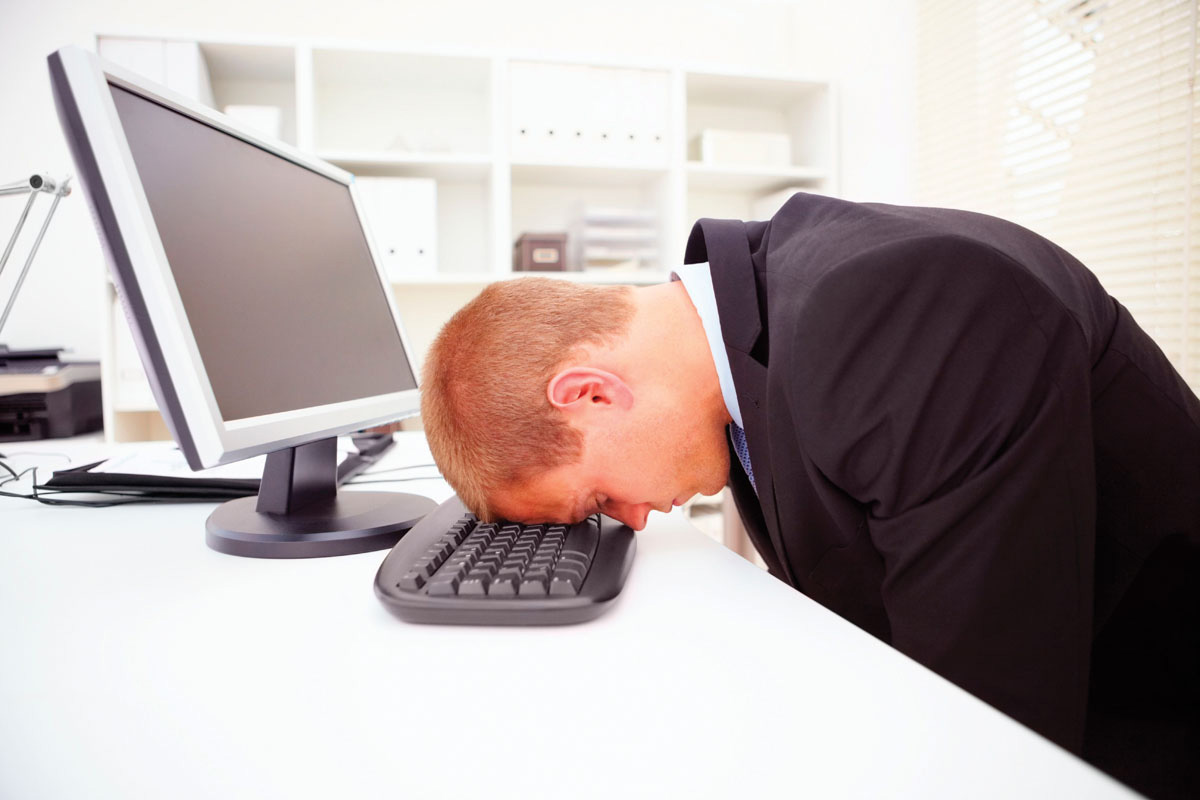 Eye Sore
Eye Sore
While staring at a computer screen for long periods of time doesn’t cause permanent damage to your vision, it certainly has some unpleasant short-term consequences. Symptoms of Computer Vision Syndrome can include dry eyes, light sensitivity and fatigue. To minimize damage, position your monitor about 2 feet away with the top of the screen level with your eyes. Also, take breaks — and that doesn’t mean checking Facebook. Focus your eyes somewhere other than your screen every 30 minutes.
Don’t Slouch
Sitting still slows circulation, which cuts back on the nutrients and oxygen being delivered to important systems. Poor posture can also lead to pain, numbness and other less-intuitive problems such as constipation and shortness of breath. Ditch that laptop and use a separate keyboard and monitor, which can be positioned according to ergonomic principles. Watch your back alignment and (if possible) set up an area of your workspace where you can use the computer while standing.
Achy Heart
Cardiovascular disease is still the #1 killer in the U.S., and desk jobs are a definite risk factor. Watch that scale and avoid turning to fatty, salty or sugary snacks when those 2:30 p.m. hunger pangs set in. Try to make up for hours of being sedentary with a solid workout at the end or start of your day. You can also opt to get up and walk around every hour or so. Just make sure to stretch properly and be conscious of body positioning…your desk job also makes you more prone to muscle injury when exercising.
Brain Drain
Staying plugged in at work often means an overload of stress, and chronic stress can cause some serious damage to the immune and cardiovascular systems. It’s also been linked to anxiety, depression, decreased concentration and irritability. Give your brain a much-needed break. Regular exercise will help produce mood-boosting endorphins, while breaks give you a chance to rest and recharge. Set a break timer to remind you to get up every hour or so in order to stretch and unwind.











